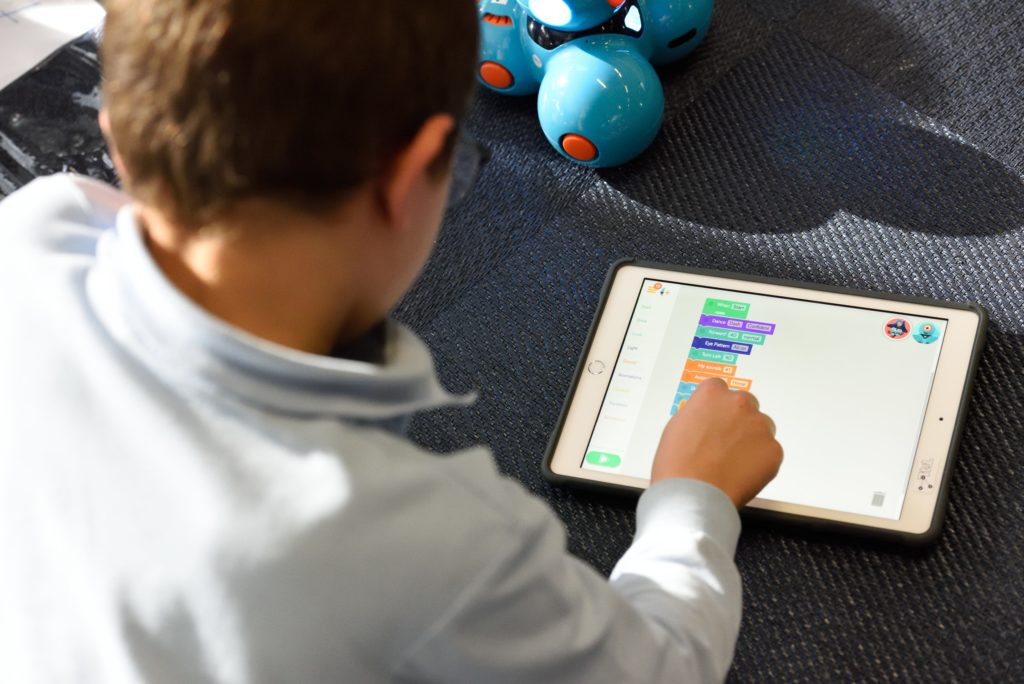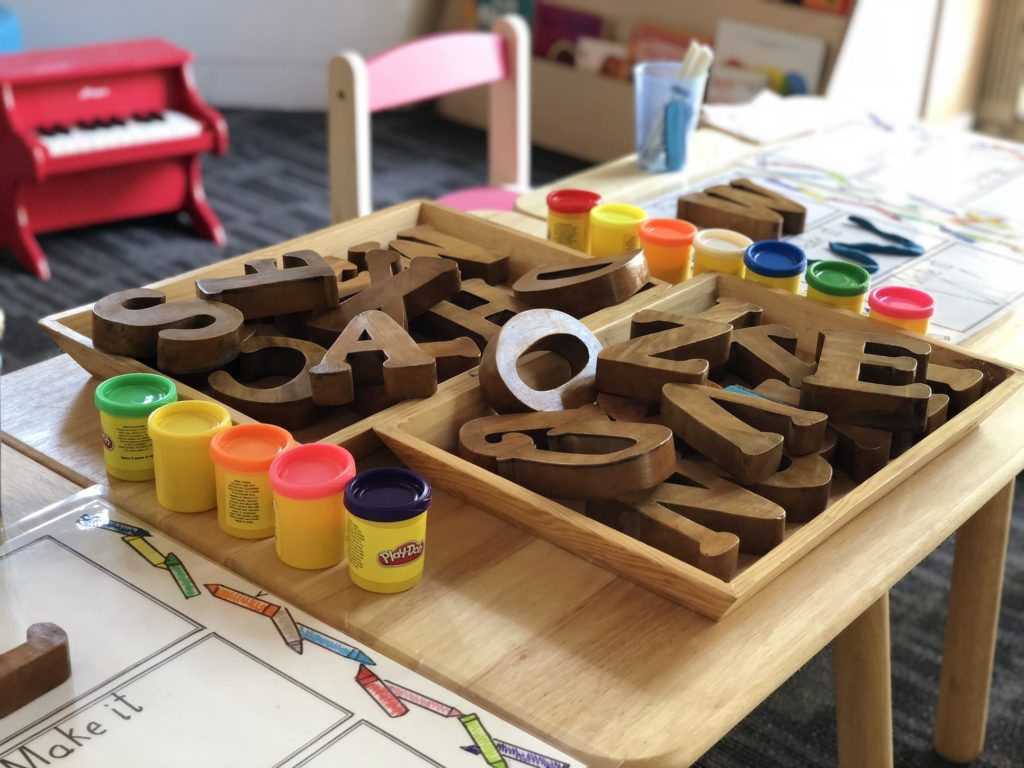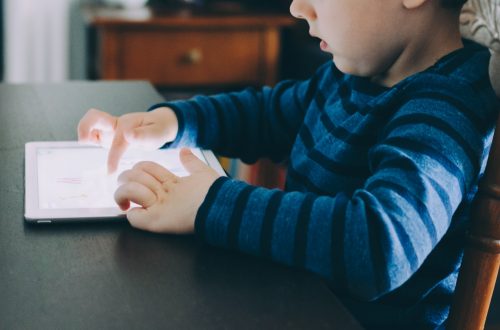
Keeping Your Child Engaged with Online Learning

Our children are being forced into a new way of learning – electronic learning. Unfortunately, this new method may be here for awhile. And, you may find their ability to maintain attention and focus during online learning difficult and unbearable. Even adults have a hard time staring at a computer all day for work. Our thoughts turn into daydreaming about the beach, what we’re going to eat for dinner, or our next family vacation. If we’re having trouble, how will our kids keep up with the demands of electronic learning?
Make a Schedule
There are ways to keep our kids actively engaged while remote learning. It’s going to take some effort on your part as their parent, but know that it can be done. Most importantly, you need to come up with a schedule, much like the schedule they would have at school. It’s vital that our children keep to a routine and maintain it throughout the school week. This allows your child to have consistency and be prepared for each day’s school work. Dr. Laura Schlessinger, host of The Dr. Laura Program on SiriusXM, author, and psychotherapist, suggests, “Break it up as much as you can with physical activity and some fun. The brain can only concentrate for a certain period of time, especially in smaller children. He will concentrate better in smaller episodes of time for school if you allow some doses of fun in his school day.” For instance, create a schedule for online learning that is required, with a “fun break” in-between classes when your child can go outside and play.
It’s also important to limit your child’s screen time in between school work. If he’s on the computer most of the day for school, then requiring “screen-free hours” after school may be a good option. The American Academy of Pediatrics says, “For healthy kids, an average day includes school, homework time, at least one hour of physical activity, social contact, and sleep – which is anywhere from 8-12 hours for kids. Whatever’s left can be screen time.” Make sure your schedule includes these important guidelines for your child’s health and well-being.
Add In Some Fun

Now that you’ve developed a schedule, it’s time to find ways to keep your children engaged with their classwork. The repetitive nature of online learning can be boring, so tap into their creative side by creating fun, crafty ways to learn their core subjects. In the USA Today article, “9 Ways to Keep Your Child Academically Engaged While Stuck at Home,” a mother and writer in Monrovia, California, recommends sending kids around the house to measure everything in a given size. Each day of the week, have them measure household items starting with one inch, then two inches, and so on. You can also create your own science lab by bringing nature inside. Have your child look through the magnifying lens at leaves, flowers, rocks, and small critters. Or, have them create their very own science experiment using items in your household like Allyson Schneider does with her daughters. “One of my daughters asked me how long it takes for water to boil, so we put it to the test. We timed a pot of water on our kitchen stove at high heat and got the answer! Then, we talked about how some of the water changed to water vapor and the steam rose up from the pot when it heated. It was a lot of fun.”

Make some days of the week special for your kids by creating “celebration days” in your schedule. These days can be our national calendar days or you can make up your own. For example, Wednesday is google trivia day. “Google the date’s trivia facts on each Wednesday and talk about new things you are learning with your kids. By letting them see that you’re also learning something new you can inspire curiosity in your kids, building lifelong learners and finding the exciting in the mundane can help them look at the world differently,” offers the USA Today article.
Bring Back the Arts

Even though your children don’t participate in most elective classes during online learning, you can still offer art lessons. It doesn’t take much to start an art project, and you probably have all the supplies on hand already. Grab an art apron, paint, colored pencils, sketchpad, and let their imaginations run wild. There are tons of YouTube tutorials for budding artists you can find, as well as hardcopy books that can teach your child how to draw his favorite animal or character. Jessica Kopp, a 4th grade teacher in Los Angeles and mom of two says, “My family makes sculptures using sourdough, airplanes made out of coffee cans, and even replicas of the pig Pork Chop from Toy Story.” Don’t forget about singing and dancing. “We tell Alexa to play today’s top hits and we all sing and dance in the kitchen as I’m cooking dinner,” says Allyson Schneider. “Most of the time, I get scolded for my ‘old-school’ style of dancing, but it’s still a great time together with my girls.”

Another important reminder is to give yourself and your children a little grace. We’re all doing the best we can during this difficult time of remote learning and working. It’s a tough time to be a parent and probably even harder to be a kid. “Give them time to be kids,” adds Dr. Laura Schlessinger. “Lower your expectations so they won’t shut down.” Try your best to create a reasonable schedule that includes several breaks for outside play and no screen time. Bring the outdoors inside and allow for fun, creativity and imagination to take place in your household while learning new skills and concepts. Most of all, enjoy this time with your kids. They’ll be back in the classroom before you know it!
How have you adapted to your children’s online learning routine? Have you been able to keep your children engaged while at home? We’d love to hear your feedback and see any videos or photos of your online learning experience. Connect with us on Twitter @MapsCookingKids or on Instagram @MapsCookingKids. Until next time, Agape, be kind and happy parenting!





